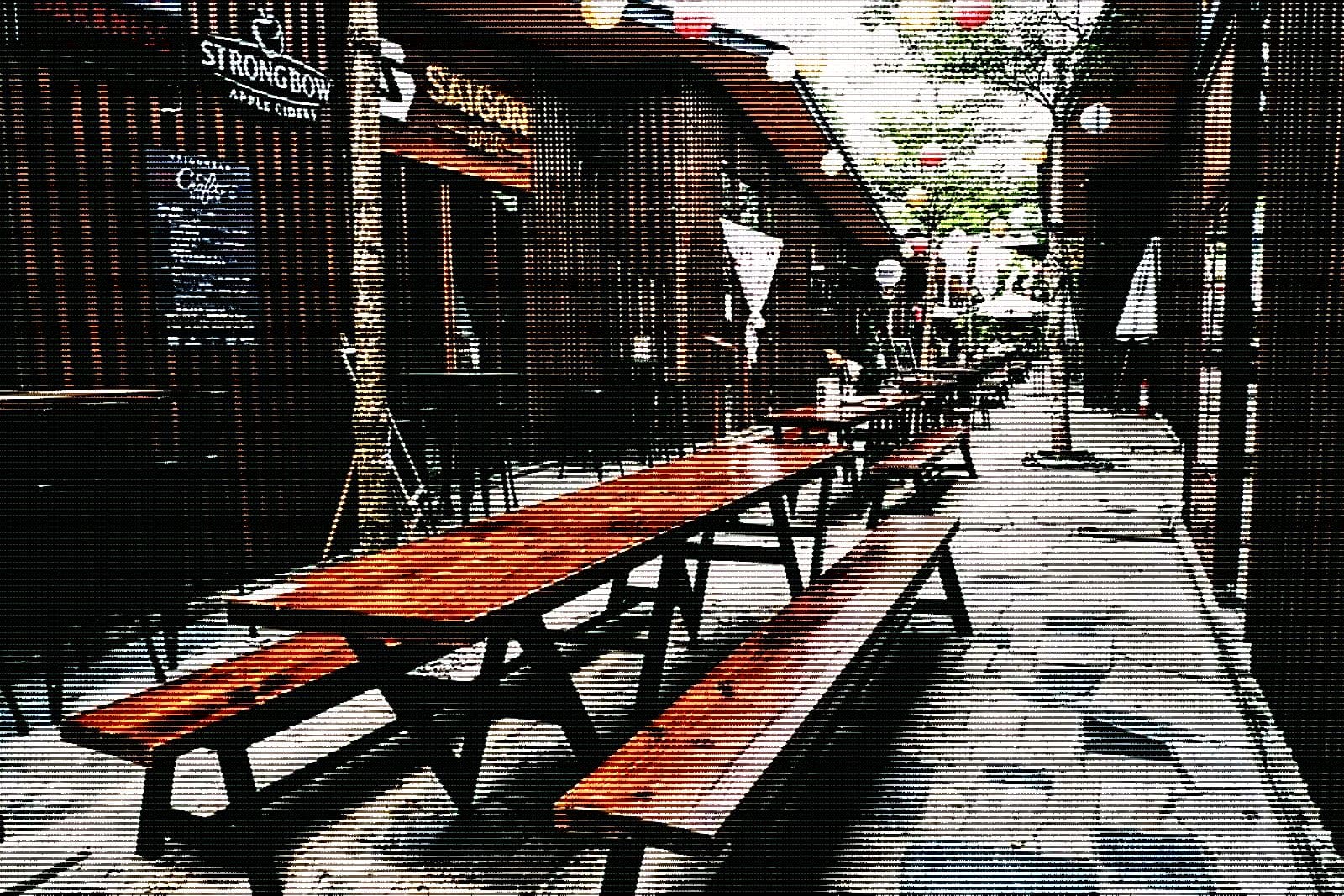A new flavor of growth through Saigon’s food scene

After nearly a decade in the United States, returning to Saigon felt like stepping into a vivid dream of a city reborn.
The streets, always a bustling tapestry of sights and sounds, now hummed with a vibrancy that spoke of new beginnings and burgeoning opportunities. As I wandered through the districts, each turn revealed not just the familiar stalls of steaming pho and sizzling bánh xèo but an array of global cuisines that painted a broader picture of a city on the rise.
In District 5, known for its rich tapestry of Chinese heritage, I found myself marveling at how the neighborhood had blossomed. Chinese dumplings and noodles were sold alongside Vietnamese classics, each flavor a nod to the district’s deep-rooted history yet tinged with a hint of modern fusion that appealed to the city’s young, cosmopolitan residents.
Further exploration took me to District 1’s Thai Van Lung Street, a narrow alley that had transformed into Saigon’s unofficial Little Tokyo. Here, the meticulous art of Japanese cuisine was on full display, from the precision of sashimi slices to the rhythmic tapping of teppanyaki chefs at work. It was a culinary precision that mirrored the meticulous growth of the city itself—careful, considered, yet daringly creative.

Saigon Japan Town, 8A Thai Van Lung, District 1, HCM City
But perhaps nowhere was the change more palpable than in Thao Dien, District 2. Once a sleepy expatriate enclave, it had morphed into a bustling hub of gastronomy that catered to a diverse palette. On a stroll through the neighborhood, one could savor the hearty textures of American barbecue, the delicate aromas of Italian pasta, and the rich, comforting bites of a British meat pie. Each restaurant and café offered a slice of home for the expats and a window to the world for locals.

Oishi Town Alley, 28 Thao Dien, District 2, HCM City
This explosion of culinary diversity was more than just a testament to changing tastes; it was a reflection of Vietnam’s economic ascent and its embrace of global culture. The youth of Saigon, much like myself, returned from studies or work abroad, were not just adapting to this new world—they were shaping it. Their desires for novelty, quality, and authenticity drove the city’s food scene to innovate and expand in ways I had never imagined.
Gen Z's influence was evident in the city's food economics too.
They craved variety and experience but balanced it with a thoughtful consideration of cost. This generation's blend of adventurousness and pragmatism had given rise to a new breed of food establishments. Quick service windows offering gourmet bites and upscale coffee shops with locally sourced beans illustrated this shift beautifully—quality, convenience, and experience neatly packaged together.
As night fell over Saigon, the city lit up with more than just the neon glow of street signs and lanterns. There was an energy, a palpable buzz that seemed to say, “Look how far we’ve come and how much further we’ll go.” Restaurants buzzed with diners, from families enjoying a night out to young professionals grabbing a quick, delicious meal.
Tourism too had woven itself into the fabric of this new Saigon. Visitors, drawn by tales of a city reborn, came to explore its culture and stayed for its food. They ventured beyond the recommendations of TripAdvisor and Google Maps, guided by the insider tips shared by locals eager to show off the culinary wonders of their city.
Reflecting on my culinary journey through Saigon, it was clear that food was more than sustenance here; it was a celebration of progress and a bridge connecting the old with the new. Every bite was a discovery, every meal a deeper understanding of how far my city had come. Saigon had transformed, and with it, so had its people—curious, open, and ever forward-looking. As I sat down to a meal of fusion pho, blending the old with the new, I couldn't help but feel optimistic about the future of this vibrant city.